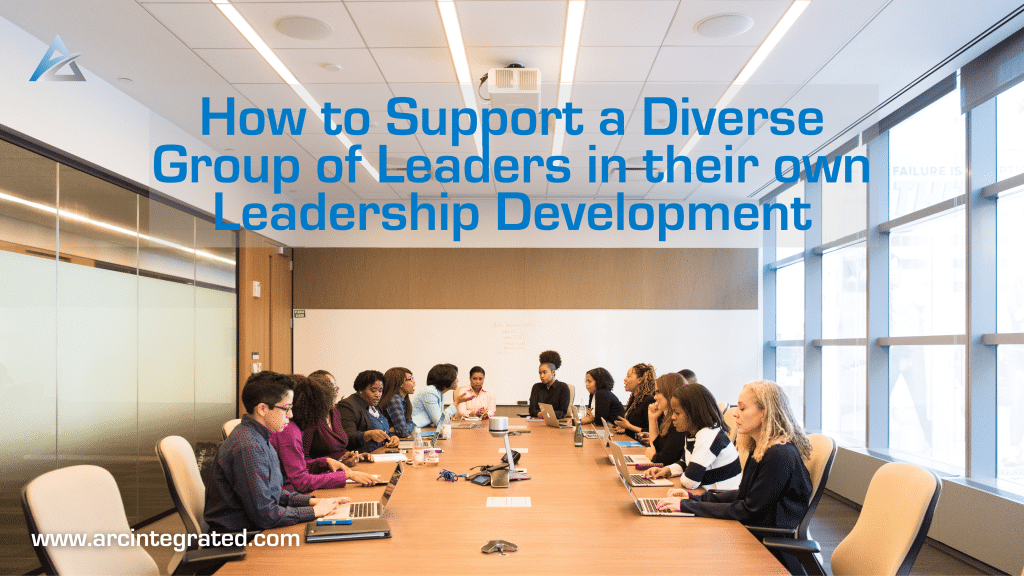How to Support a Diverse Group of Leaders in Their Own Leadership Development

Learning how to support a diverse group of leaders in this day and age is a very important skill to have in your repertoire. In today’s article, I will be outlining five tips for a topic that has emerged as one of the more popular topics that we tackle here at Arc Integrated. The topic […]
How to Use Structure to Improve Company Culture

Having a reputable and rewarding work culture is often seen as a cornerstone in many successful companies and organizations. That’s why it’s important that as a leader you find different ways to improve the culture of your business or team in order to match the culture you want to see spread throughout the company. One […]